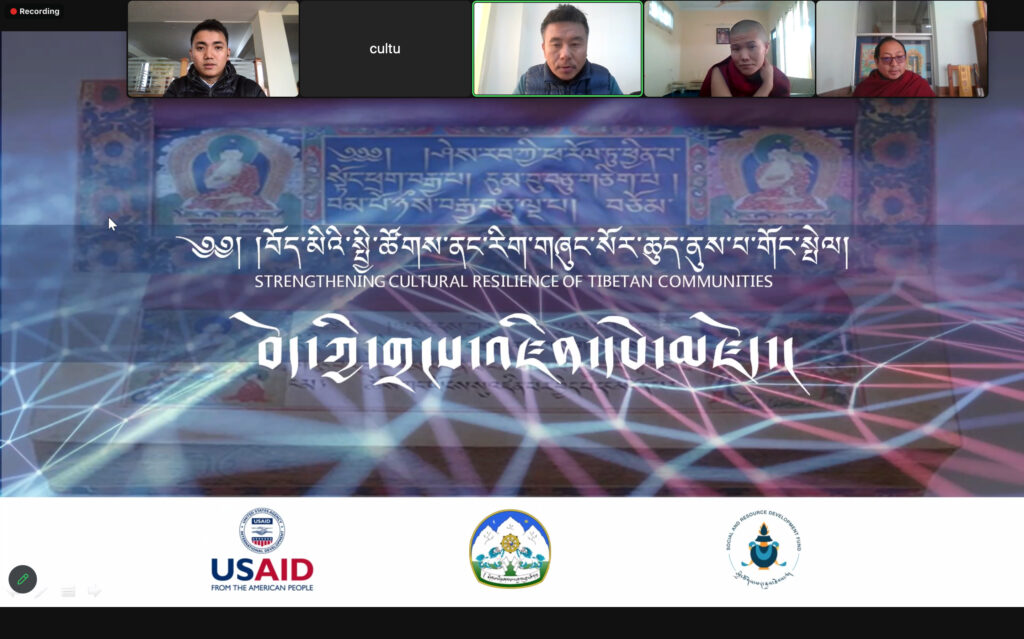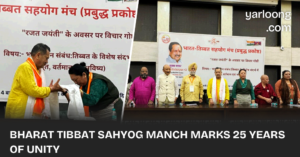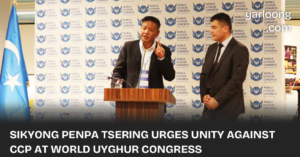
The Central Tibetan Administration’s Department of Religion and Culture has made a significant move to preserve Tibetan heritage in the digital age. As reported by Tibet.net, their recent virtual meeting on December 26 and 27, 2023, connected over 100 monasteries and 5 cultural centers to discuss the Tibetan Digital Library Initiative.
This two-day online event focused on how to modernize the preservation of ancient Tibetan religious texts and paintings. The goal is to use the latest digital methods to safeguard these cultural treasures. According to Tibet.net, the meeting aimed to increase understanding and coordination among the participants regarding this ambitious project.
Sikyong Penpa Tsering, the current Kalon (Minister) of the Department of Religion and Culture, led the webinar. He was joined by Secretary Chime Tseyang and Additional Secretary Kunga Gyaltsen. Their presence underscores the project’s importance to the Tibetan government-in-exile.
ALSO READ: Tibetan Monks to Share Culture and Compassion in Folsom and Placerville
The head of the department’s Culture Section, Dhondup, shared updates on the initiative’s progress, while Tsomo, the project’s dealing staff, provided an overview and future plans for the Tibetan Digital Library Initiative. Key figures like Karma Gongde, the head librarian of the Buddhist Digital Resource Centre, and Geshe Lobsang Monlam, director and CEO of Monlam, discussed the organization and cataloguing of digital libraries, Tibet.net reports.
This virtual meeting is the culmination of two months of regular communication and planning with the involved monasteries. Staff from the department also visited settlements in Kalimpong, Darjeeling, Gangtok, and Dehradun to discuss the project further with monastery representatives.
The Tibetan Digital Library Initiative represents a crucial step in preserving Tibetan culture and history. By digitizing ancient scriptures and art, the Central Tibetan Administration ensures that these invaluable resources are accessible to future generations and protected from the ravages of time and physical degradation.






